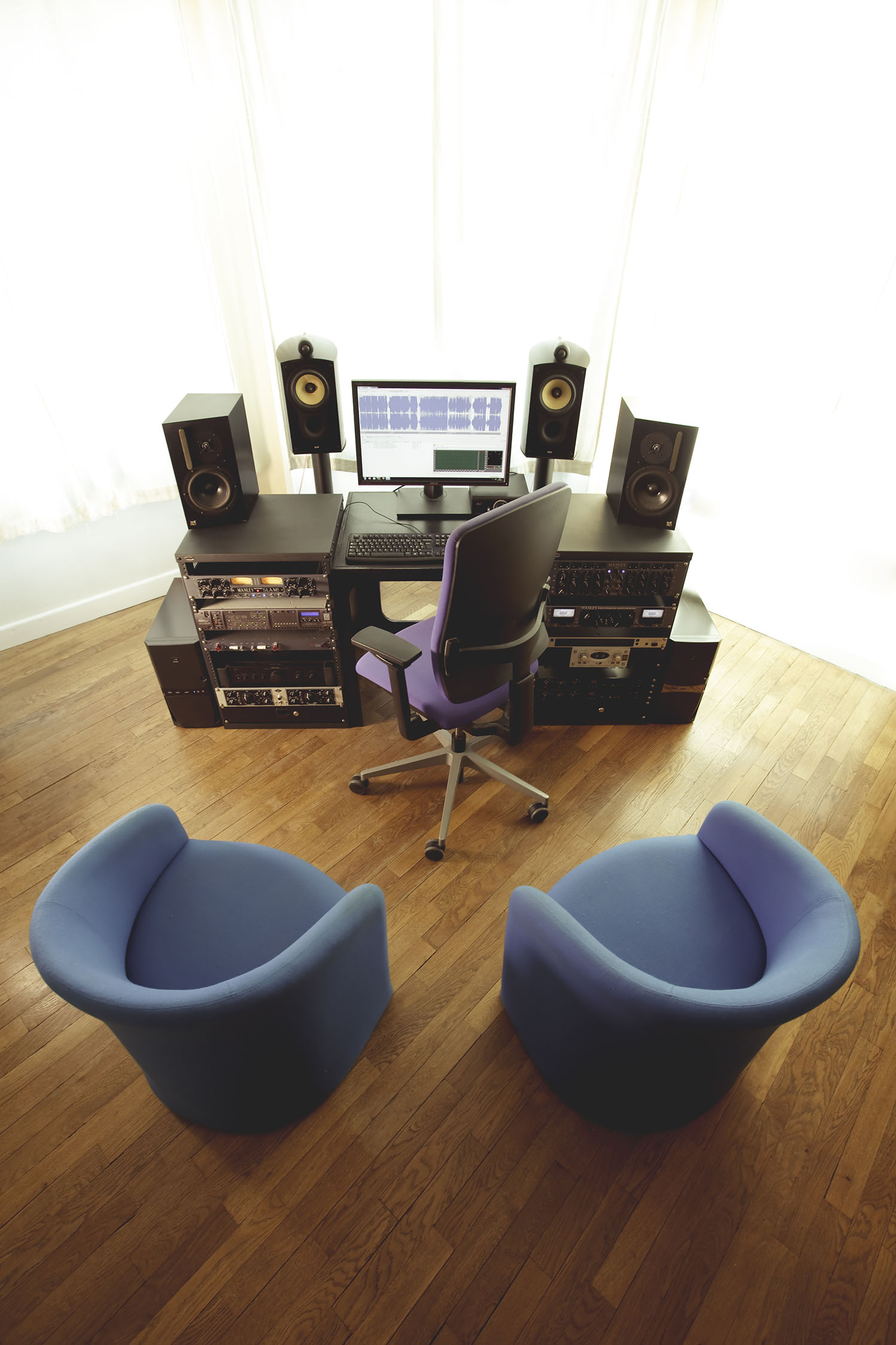For a Well-Prepared Piece
1) Ideas
Ideas are the most important parts of a title.
An arrangement does not need to be complicated to have character. Guitar or piano will suffice as accompaniment.
Be honest with yourself and only invest your time in worthwhile ideas.
2) The Arrangement
The arrangement should reflect your style, and should be built around the melody.
The mix, no matter how good, cannot bring out the different instruments of a piece if the arrangement is overloaded.
Fine-tuning the arrangement enables the different instruments to complement one another.
On the other hand, the arrangement will determine the manner in which your piece grooves: a good arrangement is catchy, without necessarily being well-mixed.
Be aware of the length of your piece. For some pieces, 3 minutes is enough. Others can last over 4 minutes without boring the listener.
3) Sound Choice
While arranging your piece, be sure to choose the tones well, so that even without mixing, they sound good together.
4) Recording
Recording is an important part of the mastering process. Any flaws leftover from the recording process (distortion, lack of definition, noise interference, etc.) cannot be corrected later. On the contrary, any flaws will become increasingly prominent with each successive cut.
Using samples is just as demanding. Be sure to use exclusively high quality, dynamic, and well defined samples.
Make sure that each track is recorded at an adapted level (peak between -6 and -12 dB on the VU-meter of your software).

We recommend a 24 bit resolution with a frequency between 44.1 KHz and 192 KHz, depending on the power of your system and the number of tracks.
If these steps prove too difficult, record the majority of your piece in mono.
Record the natural sound, without processing (equalization, reverb, etc.). There will always be time to make your mix.
5) Mixing
Mixing places the instruments on the same aural landscape, by means of equalization, compression, volume, reverb, panning, etc.
The more precisely you worked on the preceding steps, the less you will have to work on the mix.
Equalization consists of amplifying or attaining certain frequency bands on the tracks, so that they interweave harmoniously.
For a natural equalization, we recommend cutting over-developed frequencies, before boosting frequencies that are not high enough.
For example, if your mix is not light enough, avoid adding treble. Instead, start by widening congested frequencies.
Putting a low-cut filter between 80 and 120 Hz on all the instruments, other than the bass and the sounding board, is an inescapable part of mixing. This considerably lightens the sound.
The goal of compression is to modify a track’s dynamics in order to insert it into the entire mix. Based on the setting, compression has two effects :
- Conserving the sound attack, and reducing the rest of the signal. As a result, the sound takes less space in the mix while still keeping its punchiness. It is useful for piano or bass.
- Regulating volume to establish more consistency. It is useful for vocals or for acoustic guitar.
Good volume management minimizes equalization and compression, giving your mix a more natural feel.
Regarding recording software, automation allows you to vary the volume of the tracks of your piece.
Imagine, for example, that your piece starts with piano and vocals, and at the first refrain, a guitar enters. In this case, you can lower the piano to 1 dB to leave room for the guitar.
Reverb is useful for giving a more realistic, less dry feel to your mix.
Good reverb management provides relief, and situates the instruments among themselves.
Choosing a reverb (hall, room, plate) depends on your taste and will determine the feel of your piece.
The temporal parameters of your reverb (predelay, length) can be adjusted to allow the reverb to react rhythmically, and participate in the groove of the piece.
Panning is the left-right distribution of the instruments. It is used to put the most energetic sounds in the middle (sounding board, bass, vocals).
The mix needs to sound decent in mono to sound good in stereo. Think of the people listening to your track on a clock radio!
To end on a good note, it’s better to have fewer plugins and use them well.
